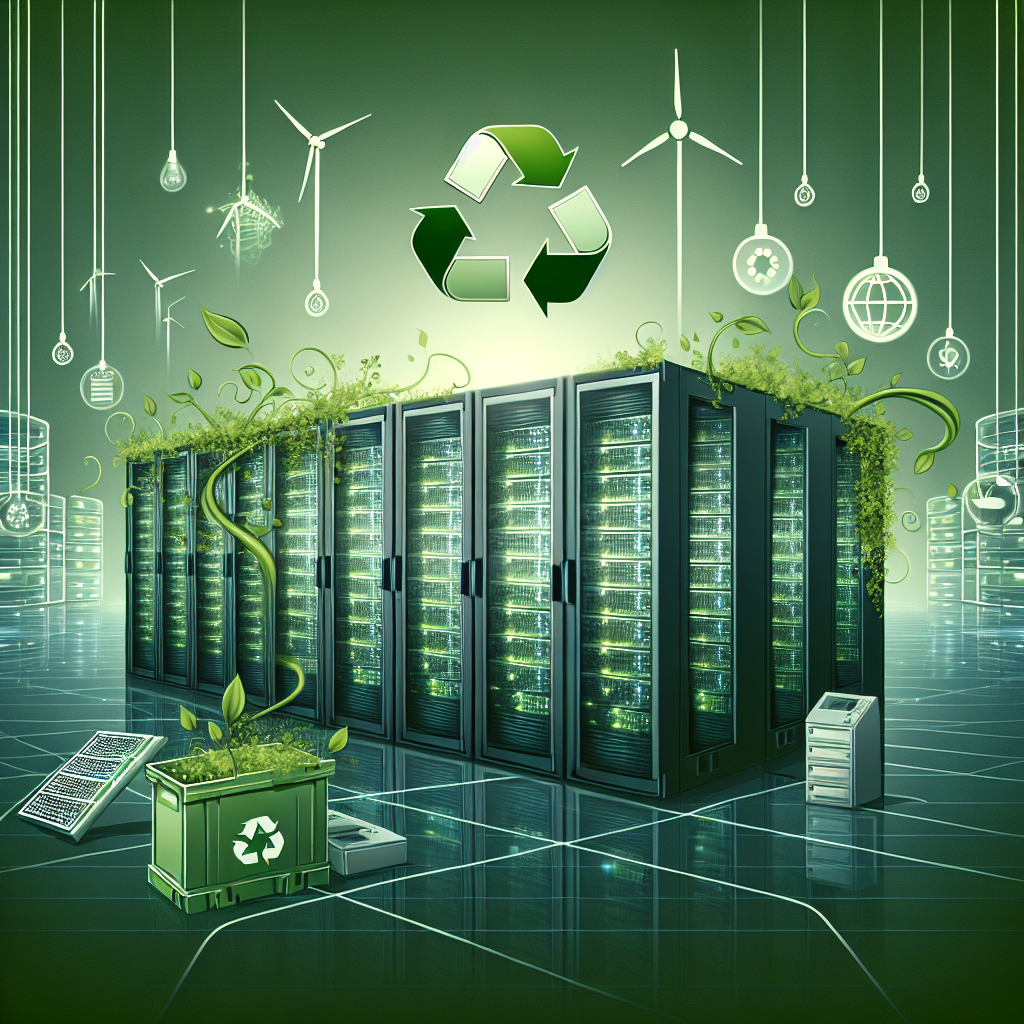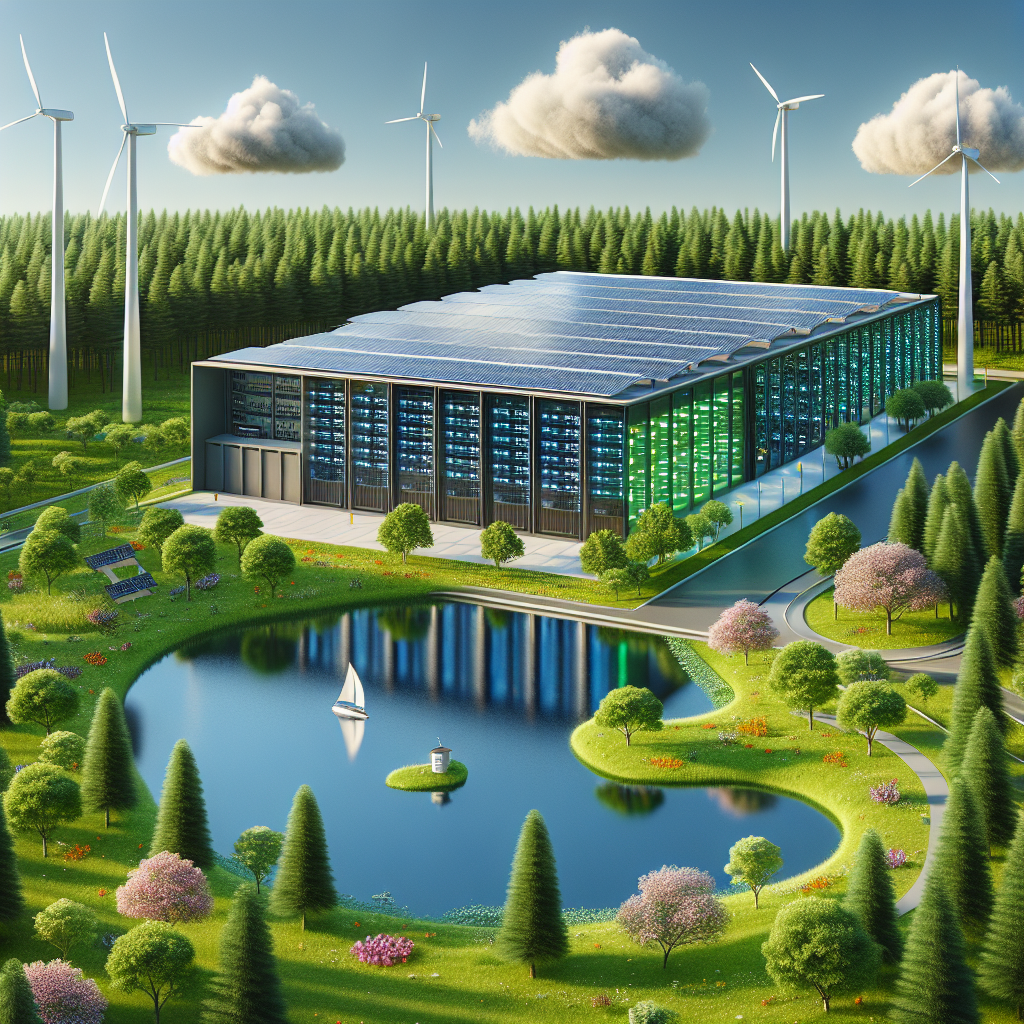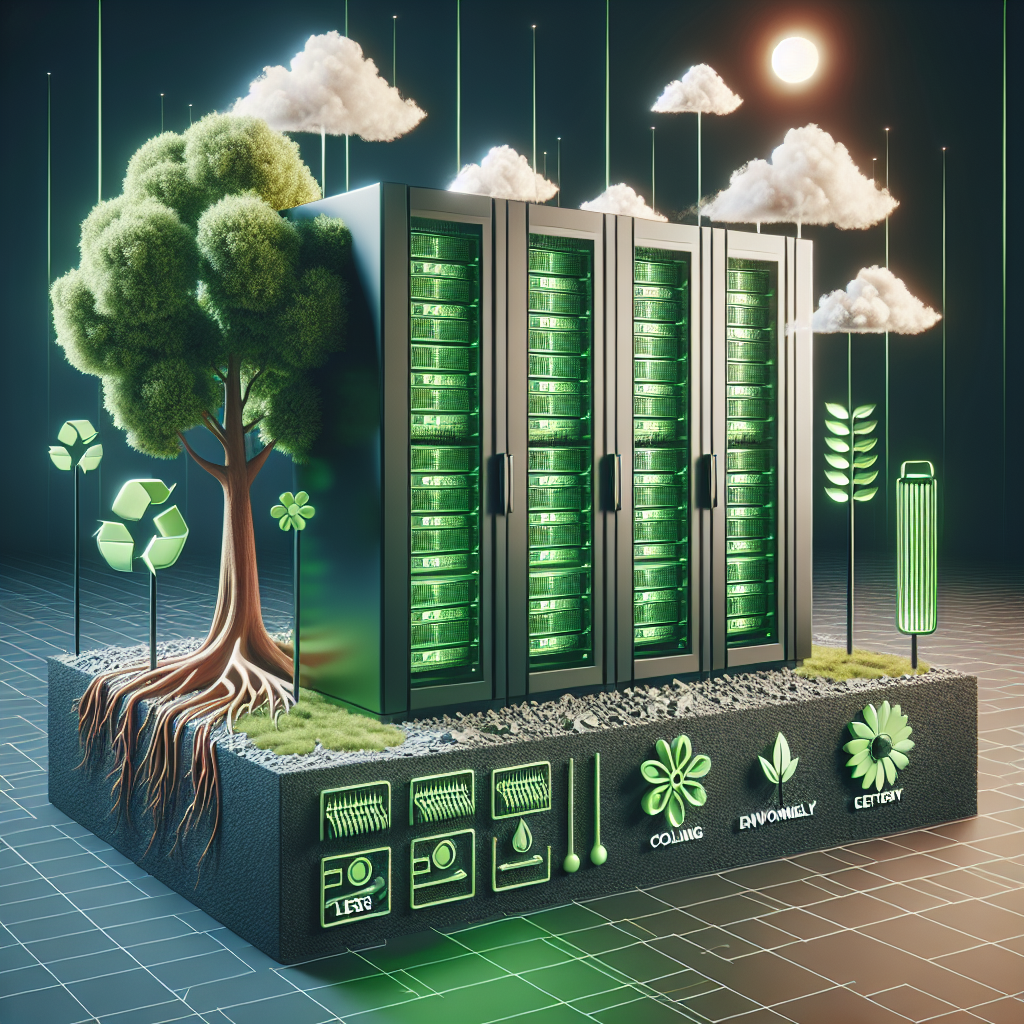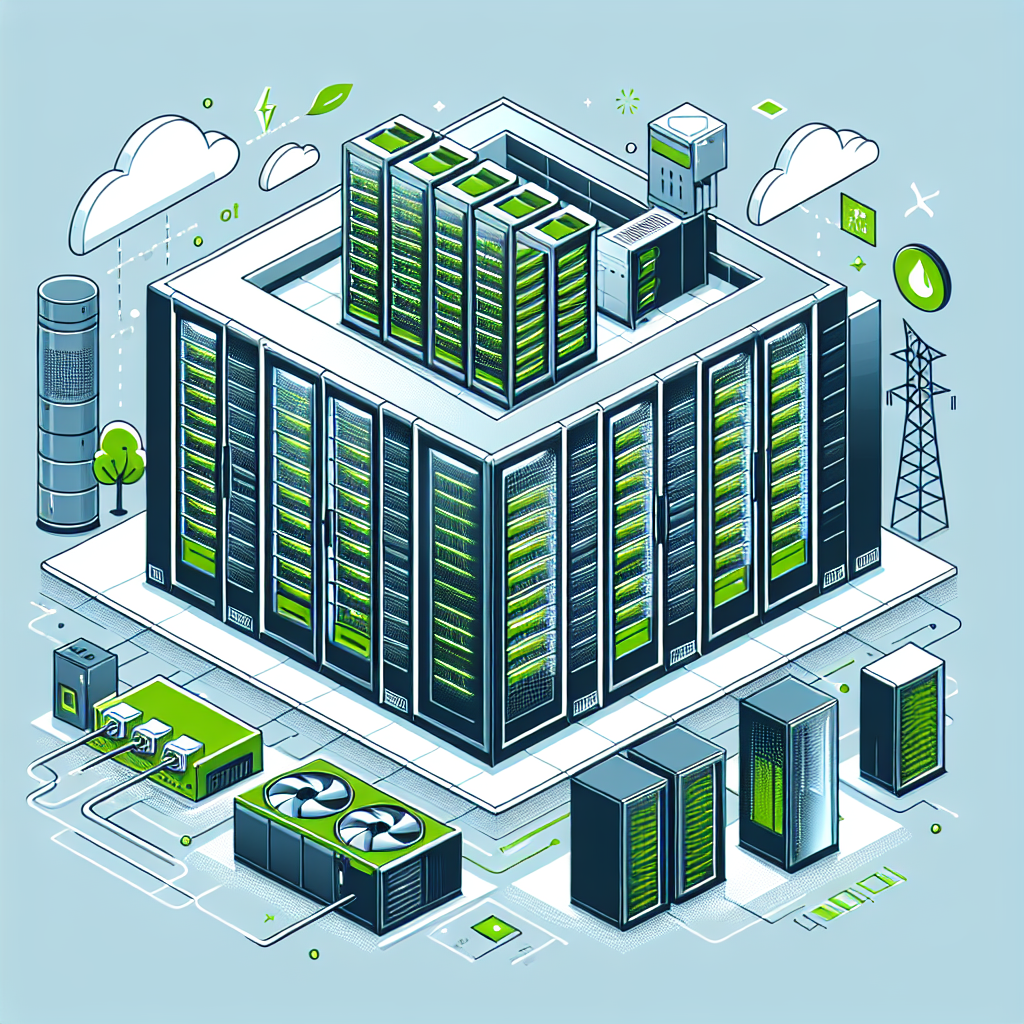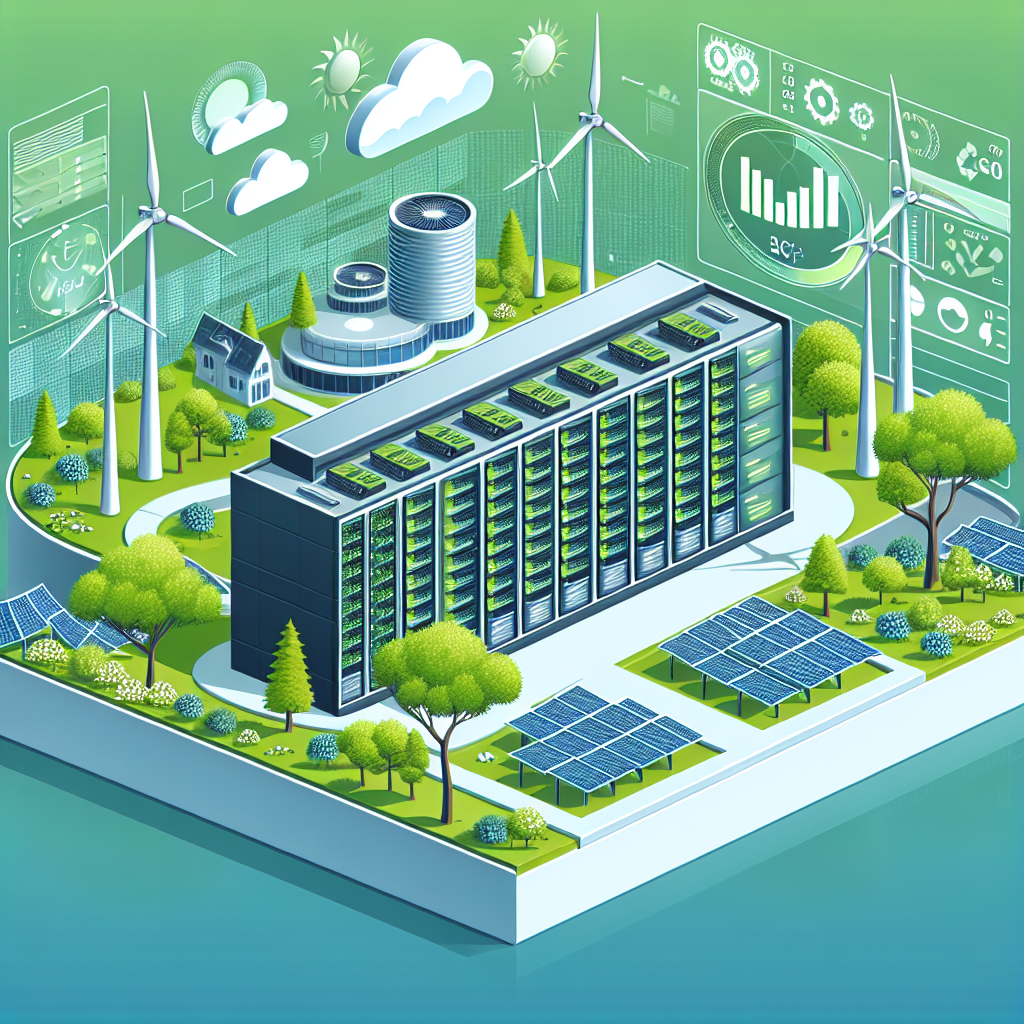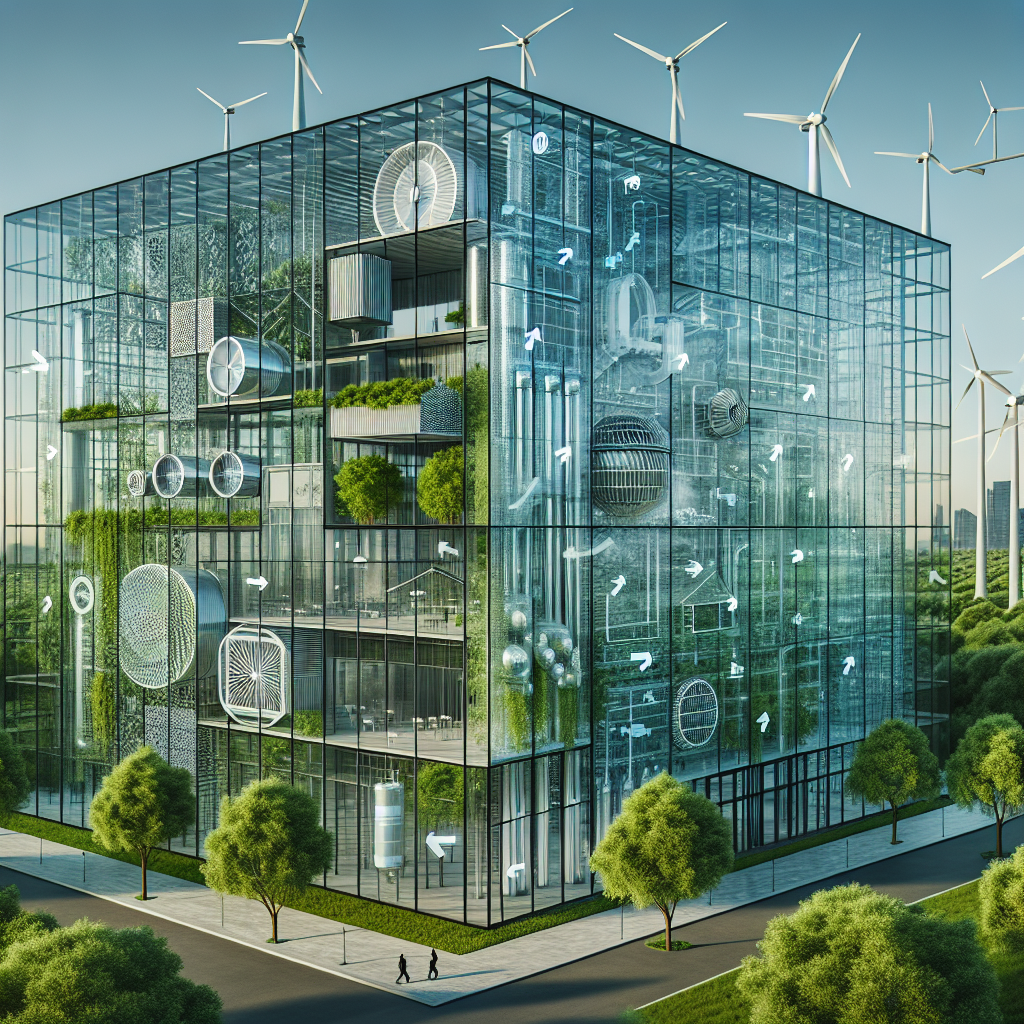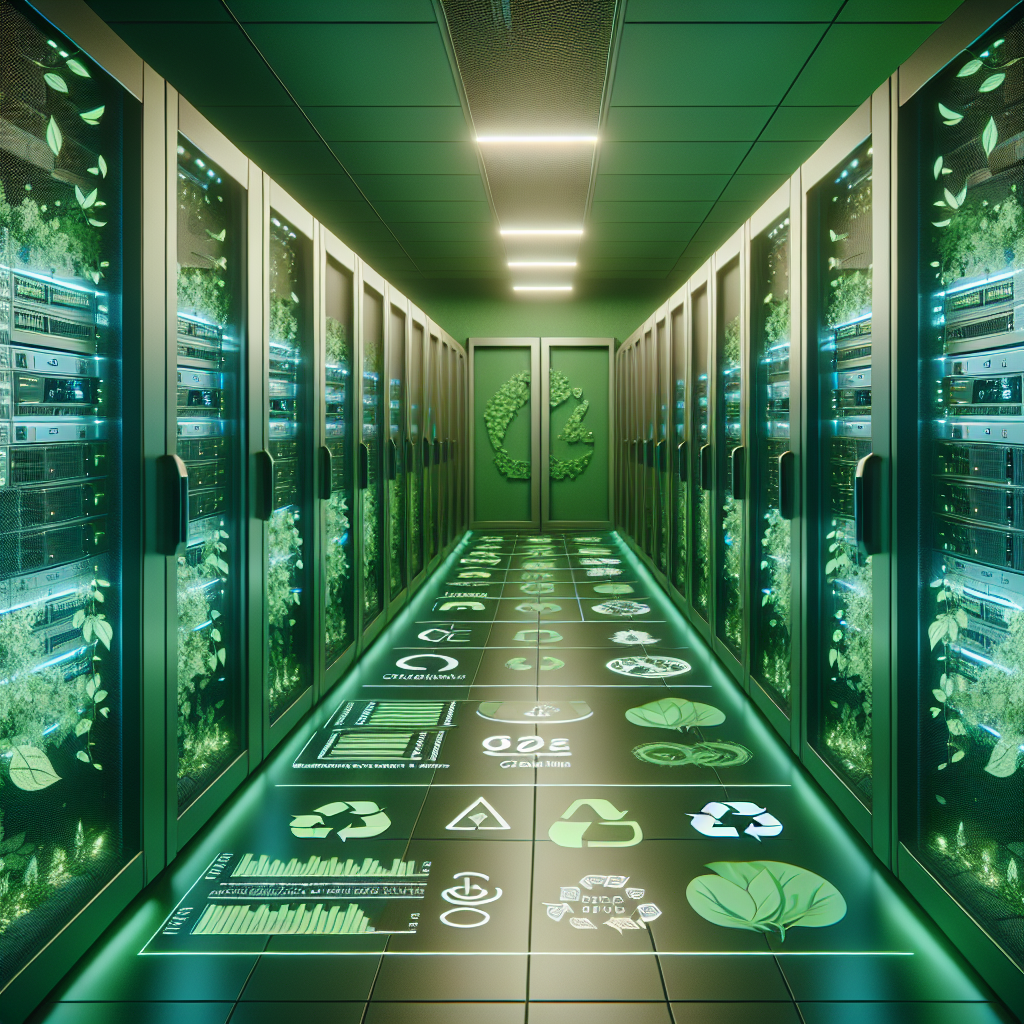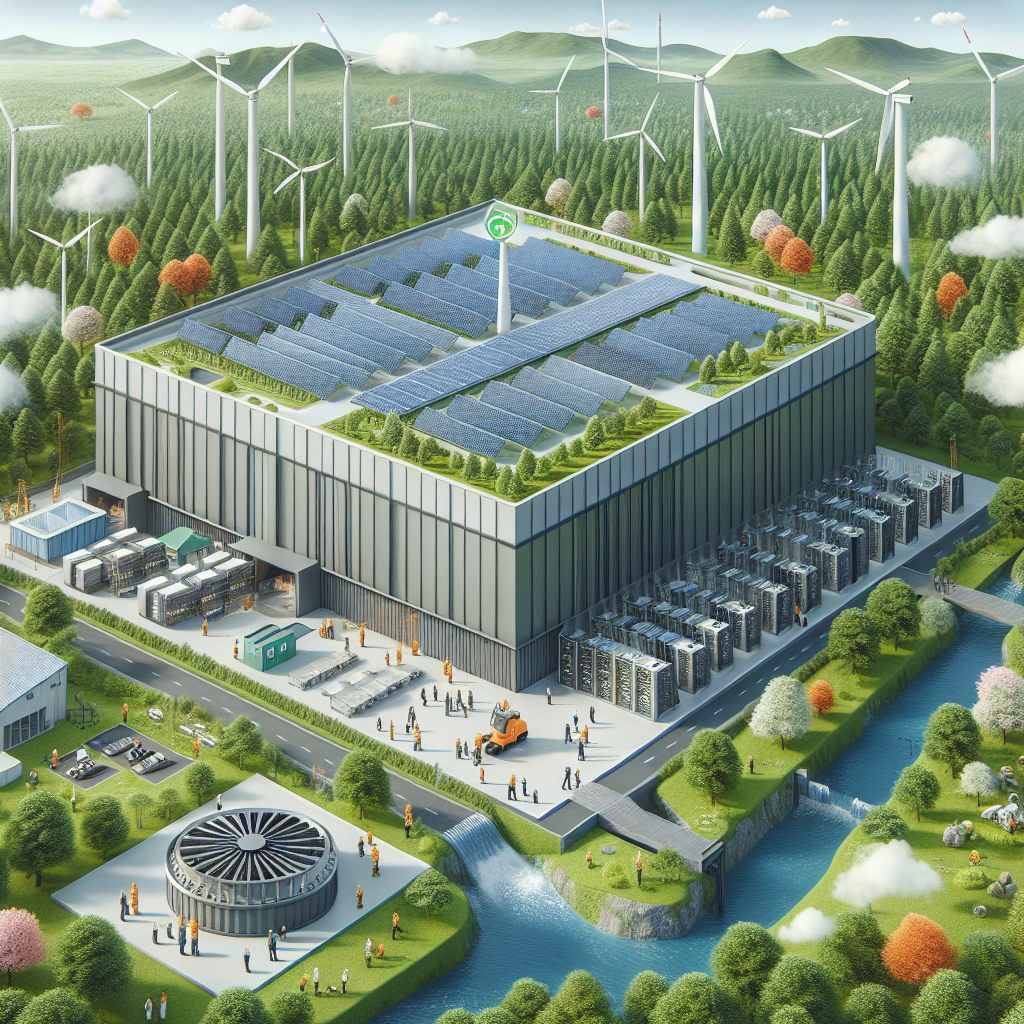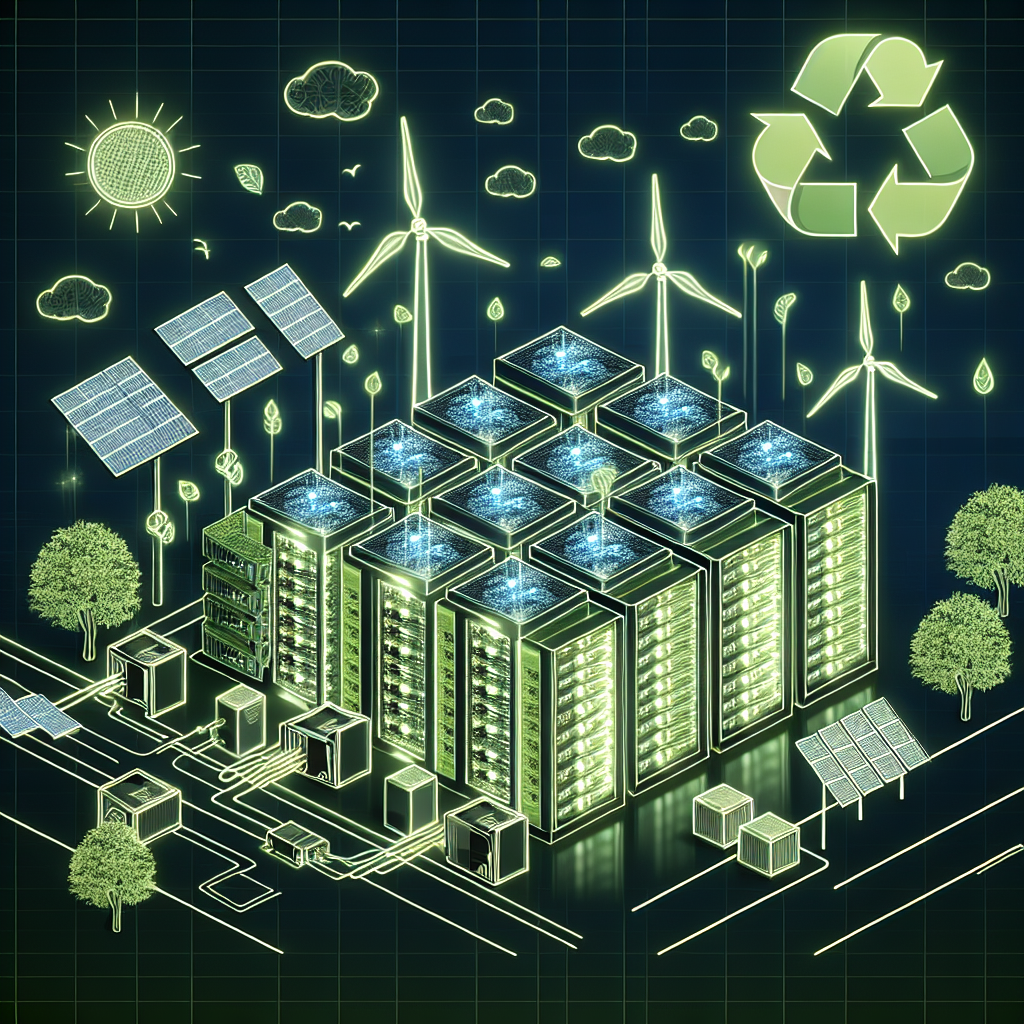Data centers are the backbone of the digital world, housing the servers and infrastructure that power our online experiences. With the increasing demand for data storage and processing power, data centers are facing growing pressures to operate efficiently and sustainably. Sustainable practices in data center server management are crucial to reducing environmental impact and lowering operating costs.
One of the key sustainable practices in data center server management is optimizing server utilization. Many data centers operate at a fraction of their capacity, with servers running at low utilization rates. By consolidating workloads and increasing server utilization, data centers can reduce the number of servers needed, cutting energy consumption and reducing carbon emissions.
Another important sustainable practice is implementing energy-efficient hardware and cooling systems. Energy-efficient servers and cooling systems can significantly reduce energy consumption and operating costs. Data centers can also explore renewable energy sources, such as solar or wind power, to further reduce their carbon footprint.
Data centers can also improve their sustainability by implementing virtualization and cloud computing technologies. Virtualization allows multiple virtual servers to run on a single physical server, increasing resource utilization and reducing energy consumption. Cloud computing enables data centers to scale resources up or down based on demand, reducing the need for idle servers and minimizing energy waste.
Monitoring and managing power usage is another crucial aspect of sustainable data center server management. By tracking power consumption and identifying areas of inefficiency, data centers can make targeted improvements to reduce energy usage and lower operating costs.
In addition to these technical practices, data centers can also implement sustainable practices in their day-to-day operations. This includes recycling e-waste, using energy-efficient lighting and HVAC systems, and promoting a culture of sustainability among employees.
Overall, sustainable practices in data center server management are essential for reducing environmental impact, lowering operating costs, and meeting the growing demand for data storage and processing power. By optimizing server utilization, implementing energy-efficient hardware and cooling systems, and embracing virtualization and cloud computing technologies, data centers can operate more efficiently and sustainably in the digital age.
